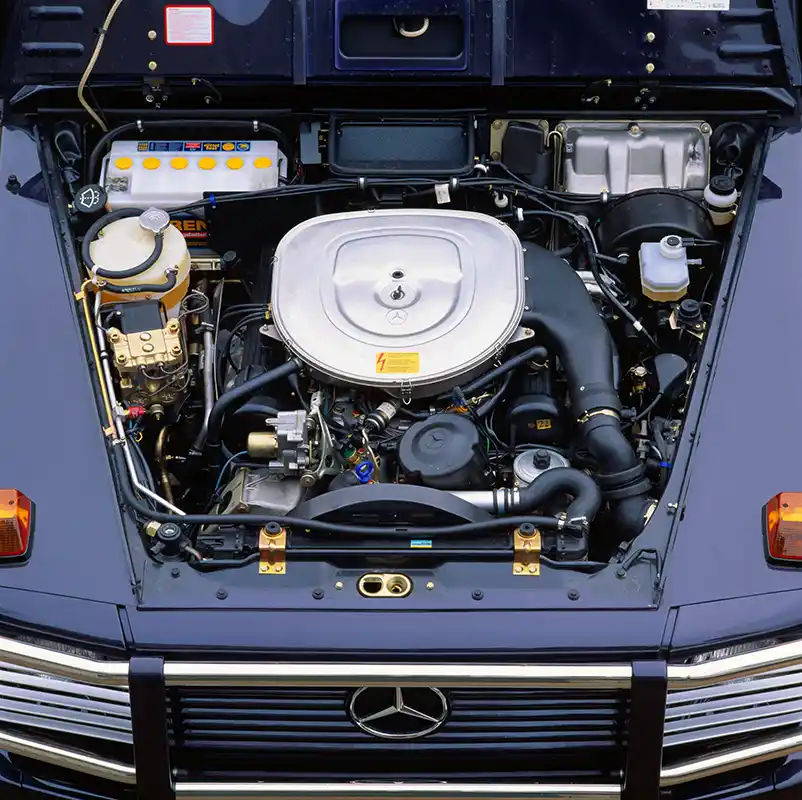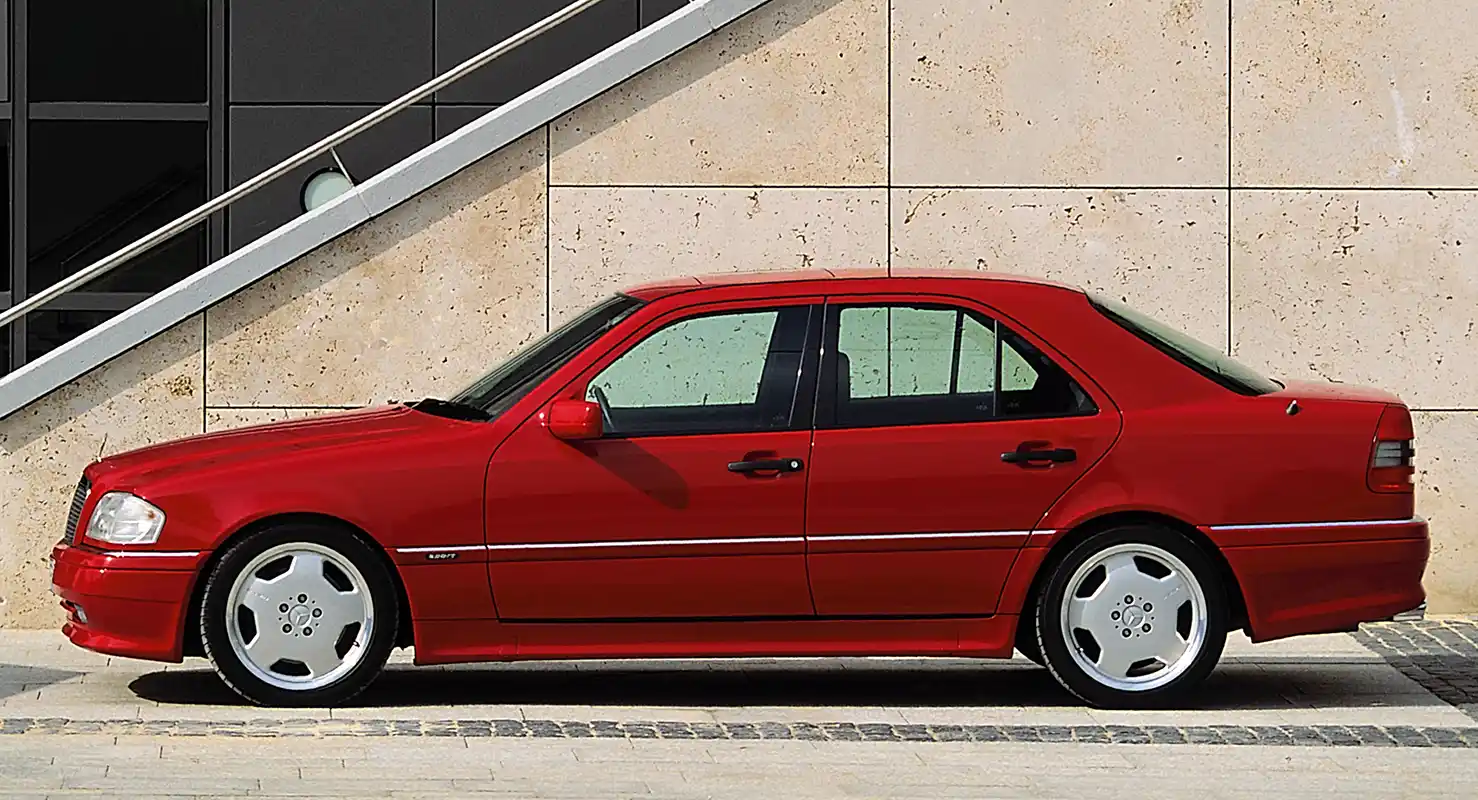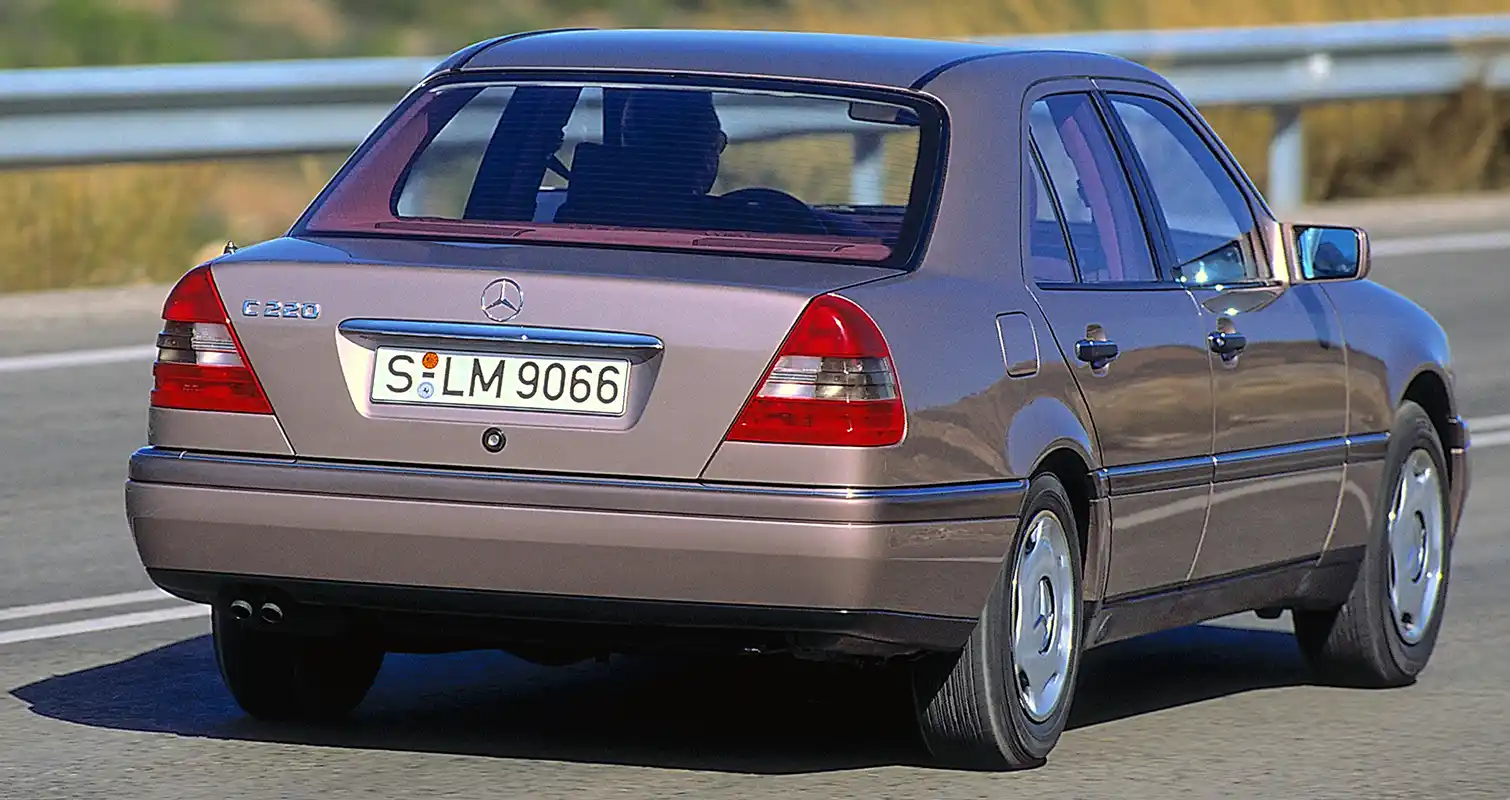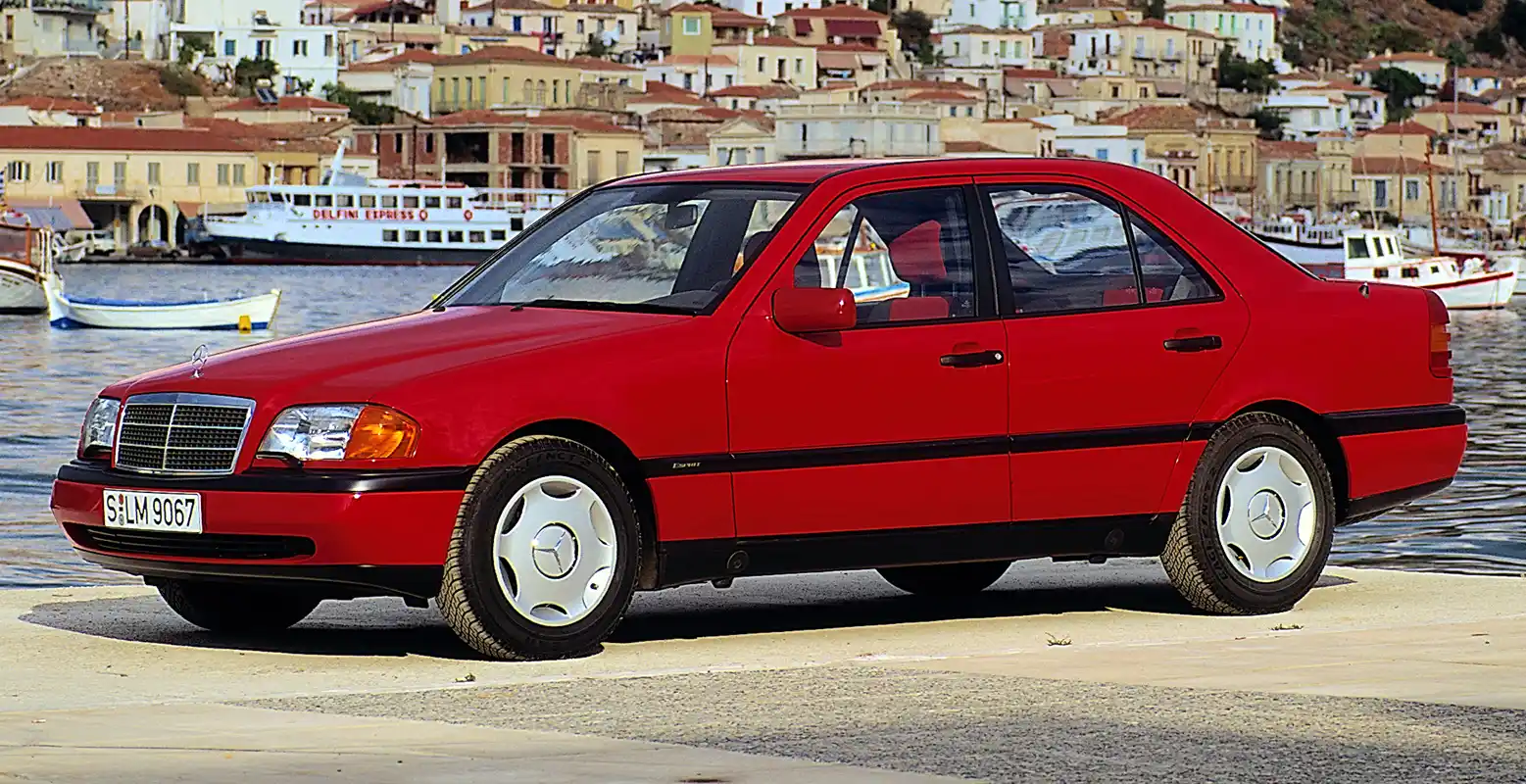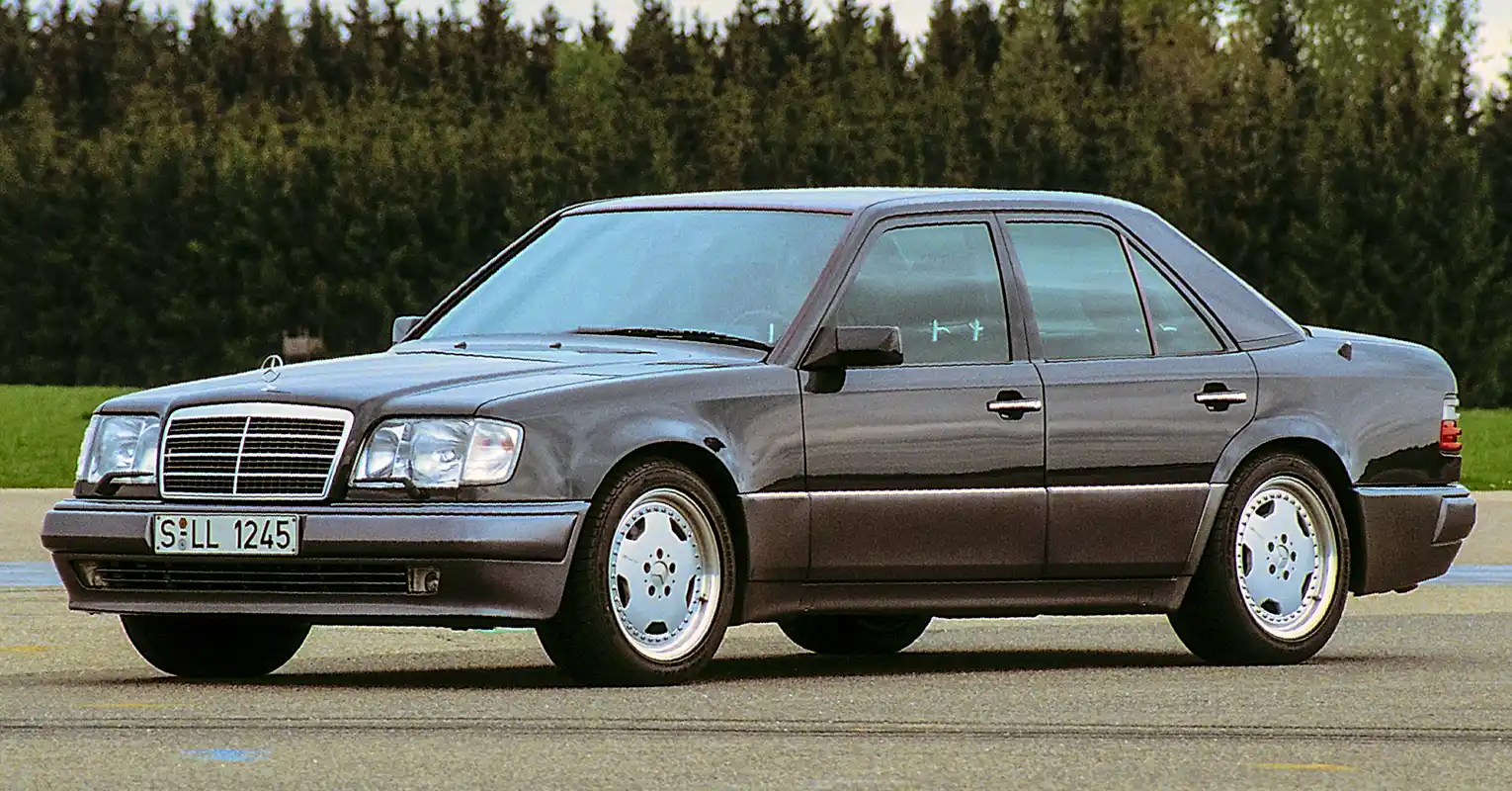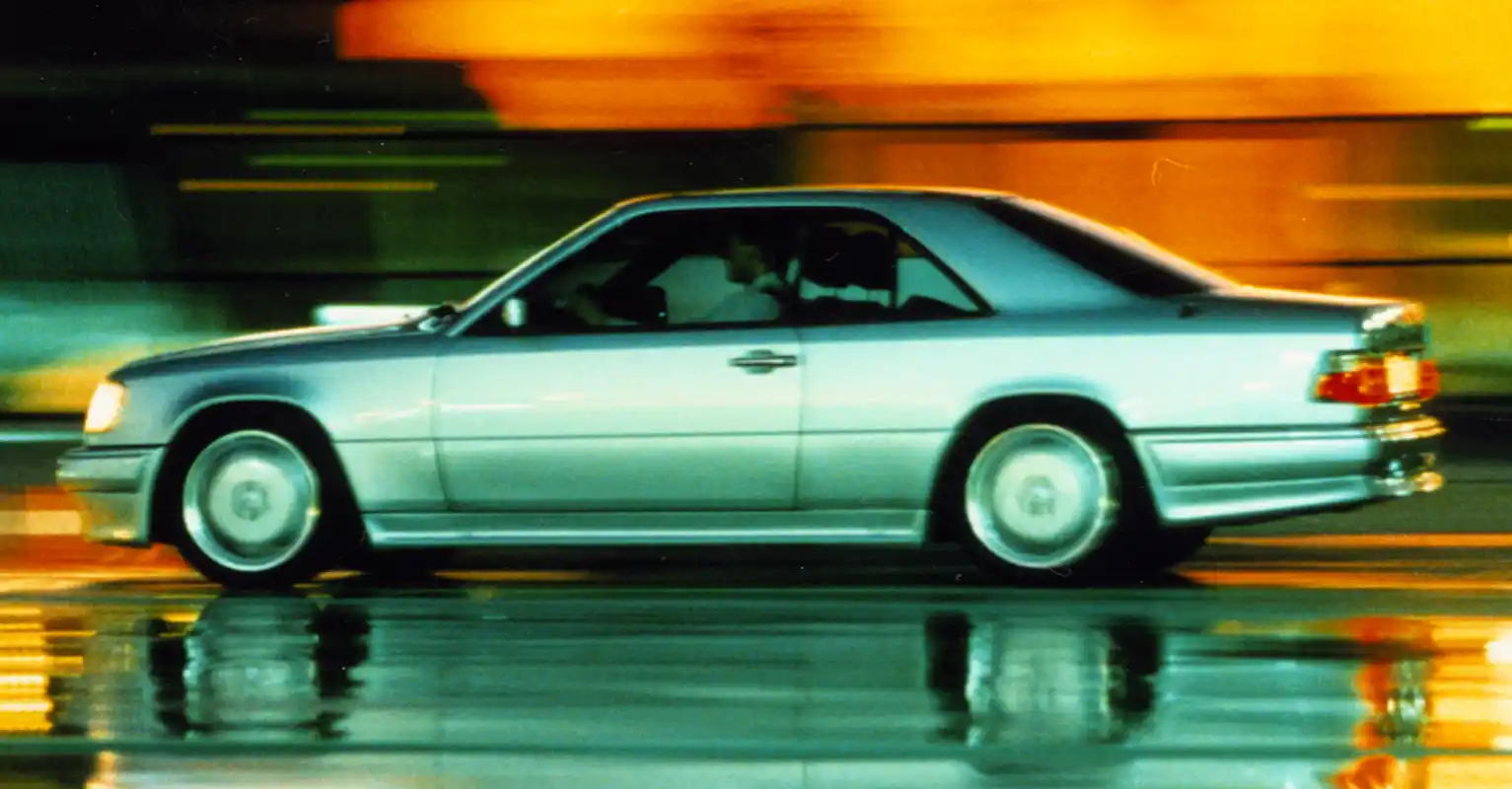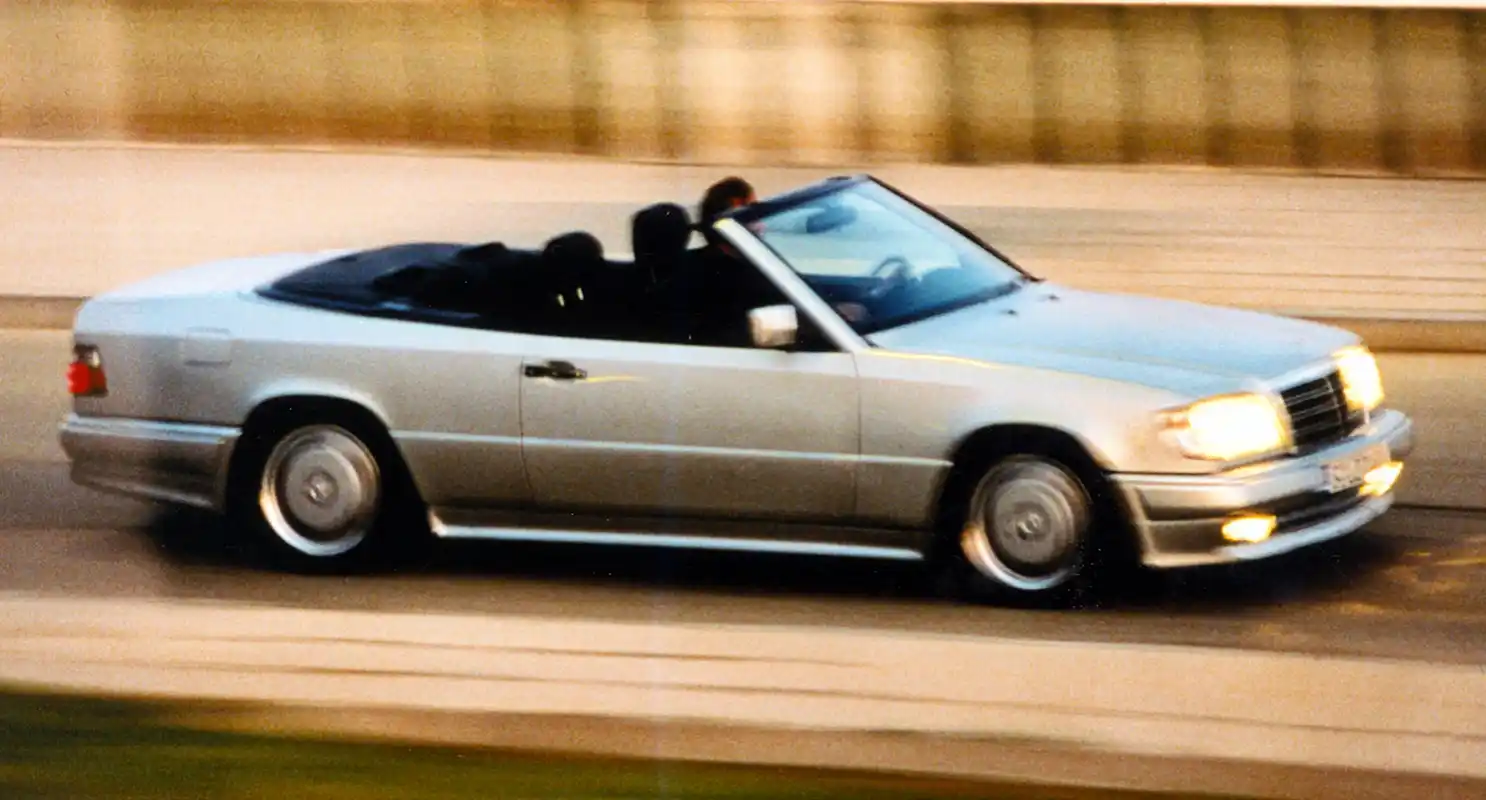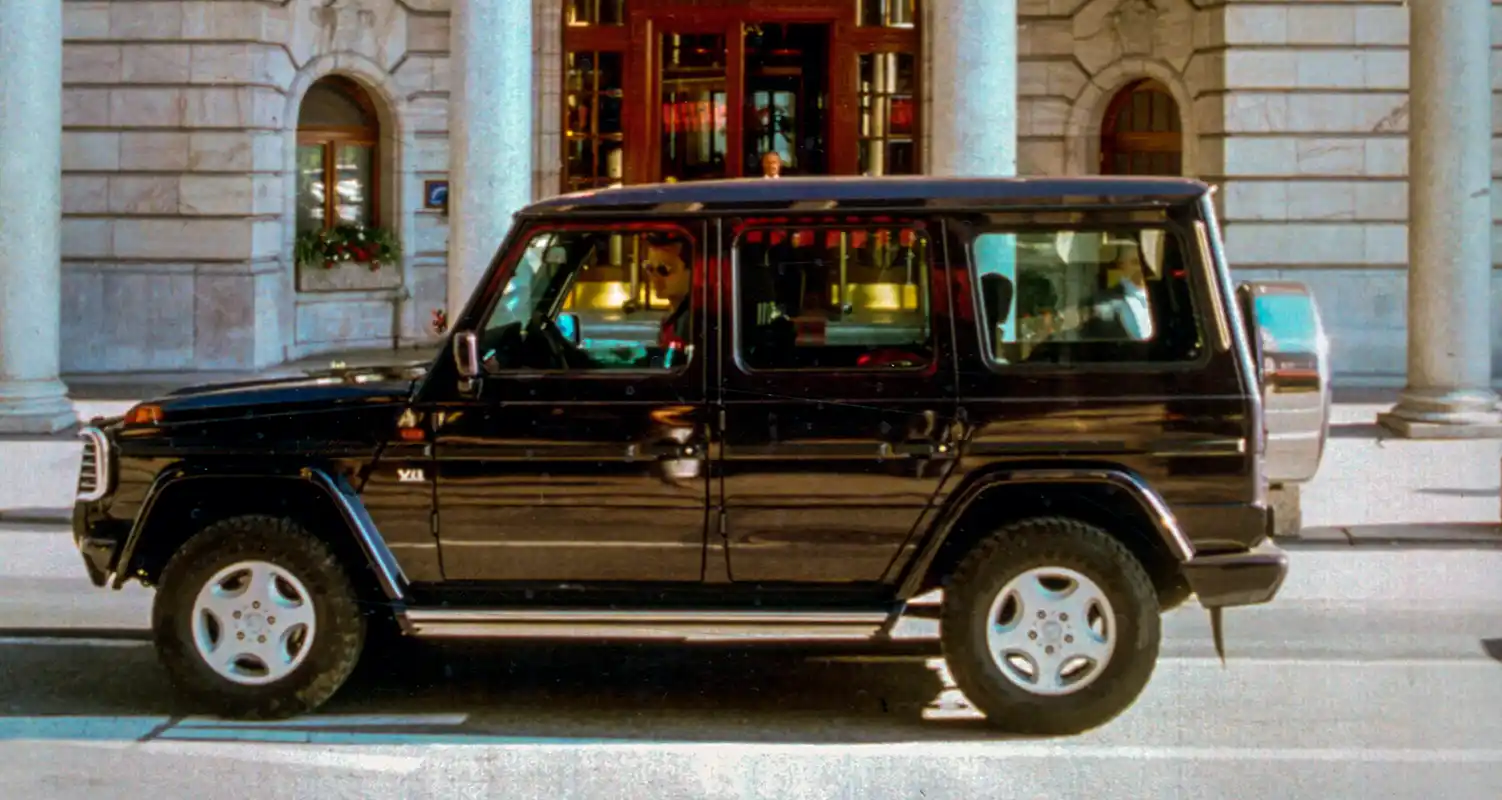
Classic vehicles are becoming increasingly popular – and Mercedes-Benz classics lead the statistics by a clear margin. The group of vehicles with the star that can obtain a classic car certificate and thus registration with the coveted H (for historic) German licence plate is set to grow in 2023. Included among them will be the first C-Class of the 202 series, produced in large numbers, which was launched in 1993 as the successor to the 190 model (W 201). Also being manufactured 30 years ago, but in far smaller numbers, were the luxurious 500 GE V8 off-roader in the 463 series and a range of powerful AMG models. Likewise, the new engine variants for the successful 124 series saloons made their debut in 1993 – they too can be registered with the H licence plate for the first time in 2023. Over the coming years, the range of classic cars from three-pointed-star brand will increase significantly. One reason for this is the strategic model offensive that began in 1996.
The H licence plate was introduced on 1 January 1997. A classic car certificate is required to obtain this special registration. Essential prerequisites for the allocation of this coveted classification as a technical cultural asset are a minimum age of 30 years and a well-maintained original condition. The growth in numbers has been rapid. In 2006, only 140,169 vehicles were furnished with this special registration plate for historical models; today, there are no fewer than 648,365 classic cars. Large as this number may seem, set against the total number of cars registered in Germany, classic cars only account for 1.3 percent. Due to the low mileage of classic cars compared to younger cars, the share of total kilometres travelled is far lower still.
Mercedes-Benz: large share of historical vehicles
Mercedes-Benz vehicles play a major part in the trend witnessed in historical vehicle registrations; with 158,843 registered vehicles, they hold the lead by a long way. The statistics for the most popular models are led by the combined mid-range models of the Mercedes-Benz model series 123 and 124. Among the top ten most sought-after classic cars are those from the “190” and “Stroke 8” model families, as well as the SL sports cars and S-Class vehicles, in particular, that are 30 and more years old.
The fact that many of these classic cars from the Stuttgart-based car manufacturer have retained or in some cases regained their good condition is also due to the network of Mercedes-Benz ClassicPartners and the excellent work of the experts at the Mercedes-Benz Classic Center in Fellbach. This home for particularly high-quality classic cars of the brand was founded in 1993 and will celebrate its 30th birthday in 2023. The Classic Center has been operating under its current name since 1996. The services offered by the Classic Center include the workshop, with services ranging from repair and inspection to factory restoration to the highest standards, through to providing expertise for high-quality classics, and the worldwide supply of original spare parts, as well as the sale of exclusive historical vehicles.
C-Class – new name for the mid-range series
In today’s traffic, the still widely used models of the first C-Class do not stand out as classic cars. Nevertheless, the first examples of the series will receive classic status under German law in 2023. From May 1993, Mercedes-Benz built on the strengths of the W 201 in the 202 model series – the first C-Class to bear that name: although the new saloon was barely larger than the “Baby Benz”, the designers and engineers managed to significantly increase the amount of space inside, while also further enhancing both its passive and active passenger safety. In addition, there were innovations such as the first turbodiesel engine with common-rail direct injection at Mercedes-Benz (premiered in 1997 in the C 220 CDI).
The 202 series also represented a clear statement from the Stuttgart brand on the role of the C-Class as an all-round vehicle family: the saloon (W 202) was joined in March 1996 for the first time by an estate model (S 202), which offered convincing stowage of up to 1,510 litres. In addition, there were the various design and equipment lines – CLASSIC, ESPRIT, ELEGANCE and SPORT – as well as a particularly dynamic AMG package of features with sports suspension, light-alloy wheels in AMG design and various additional design elements. Innovative diversity also reigned when it came to engine options, which ranged from four- and six-cylinder models to the V8 engines in the top AMG models. The highlight of this development was the 255 kW (347 hp) C 55 AMG from 1998.
The generic name C-Class matches that of the S-Class (under this name since 1972) and E-Class (which was to take this name in summer 1993). The model designation of the compact class corresponded from that point on to the Mercedes-Benz standard elsewhere: a three-digit number indicated the engine capacity, preceded by the letter C, which denoted the origin of the vehicle as in the model series. The E for fuel-injection engines was discontinued, because this technology had anyway been used exclusively in Mercedes-Benz passenger cars with petrol engines since 1990. The diesel models now bore the lettering “Diesel” instead of just a capital D.
30 years of the C 36 – first joint project between Mercedes-Benz and AMG
Another new candidate for the H licence plate: the Mercedes-Benz C 36 AMG celebrated its premiere at the International Motor Show (IAA) in Frankfurt am Main from 9 to 19 September 1993. This debut, almost 30 years ago, marked the first high point in a unique success story. For this high-performance saloon from model series 202 was the first joint project to be created by Mercedes-Benz together with the engineering company AMG founded in 1967. The model range from Mercedes-AMG, a wholly-owned subsidiary of Daimler AG since 2005, is now more comprehensive than ever before. The C 36 AMG powerhouse represented a clear commitment to automotive sportiness across the entire product range: by 1997, a total of 5,221 units of the 206 kW (280 hp) high-performance saloon had been built.
500 GE V8 – 30 years ago saw the debut of the top model in the off-road series
Many G models have long borne an H registration plate. Mercedes-Benz has been producing the extremely robust off-road vehicles since 1979, which were designated as the G-Class in 1993. Also three decades ago, the flagship of this off-road vehicle genre appeared: the special model Mercedes-Benz 500 GE V8 from the W 463 series. This classic is robustly powered by the M 117 V8 engine familiar from the S-Class Saloon and SL Roadster. In the 500 GE V8, the engine produces 177 kW (241 hp).
From the E 36 AMG Coupé to the E 60 AMG
For sporty, ambitious coupé and cabriolet lovers, three particularly powerful variants of the 124 series were available from September 1993. The E 36 AMG Coupé and Cabriolet are equipped with a 200 kW (272 hp) 3.6-litre four-valve engine. With the four-speed automatic transmission as standard, these elegant four-seaters reach the 100 km/h mark in 7.1 seconds, with a top speed of 250 km/h. The top model in the range at that point stands out from its sister models with discreetly enlarged add-on parts; the front spoiler, side skirts and rear apron were specially designed for these AMG models. Also in 1993, AMG launched another highlight of the model series, the E 60 AMG. It complemented the Mercedes-Benz 500 E already presented at the Paris Motor Show in 1990. In the most powerful version of the high-performance four-door model, the M 119 engine with six-litre displacement produces 280 kW (381 hp). Exciting as the discreet eight-cylinder saloons were, the production figures of 10,479 units for the 500 E, E 500 and E 60 AMG were on the low side.
New variants in the 124 series
An H licence plate on one of the more than two million 124 series saloons built between 1984 and 1997 has become commonplace on today’s roads. In 1993, this classic with the potential to appreciate in value was given the designation E-Class. In addition, the range was enhanced by further engine variants, some of which were also offered in the estate models. Anyone who owns one of the early examples with these engines will be able to apply for a classic car certificate in 2023. This applies, above all, to vehicles with diesel engines, such as the E 200 diesel with 55 kW (75 hp), the E 250 turbo diesel with 93 kW (136 hp) or the 300 turbo diesel with 108 kW (147 hp). The E 300 Turbodiesel 4MATIC also comes with this engine.
Classics & Coffee: a colourful setting for classic automobiles
Whether with or without H-plates – classic cars of all makes are welcome every summer at the open-brand classic car meeting “Classics & Coffee” at the Mercedes-Benz Museum. This successful format for classic cars and well-maintained younger classics of at least 20 years of age, which takes place on the hill at the Mercedes-Benz Museum in Stuttgart, has a large following well beyond the immediate region. Pre-registration for participation is not necessary. In 2022, “Classics & Coffee” was visited by a total of 8,500 classic cars with their drivers, plus around 30,000 guests. The Mercedes-Benz Museum’s open-brand classic car meeting will take place once again in 2023.
